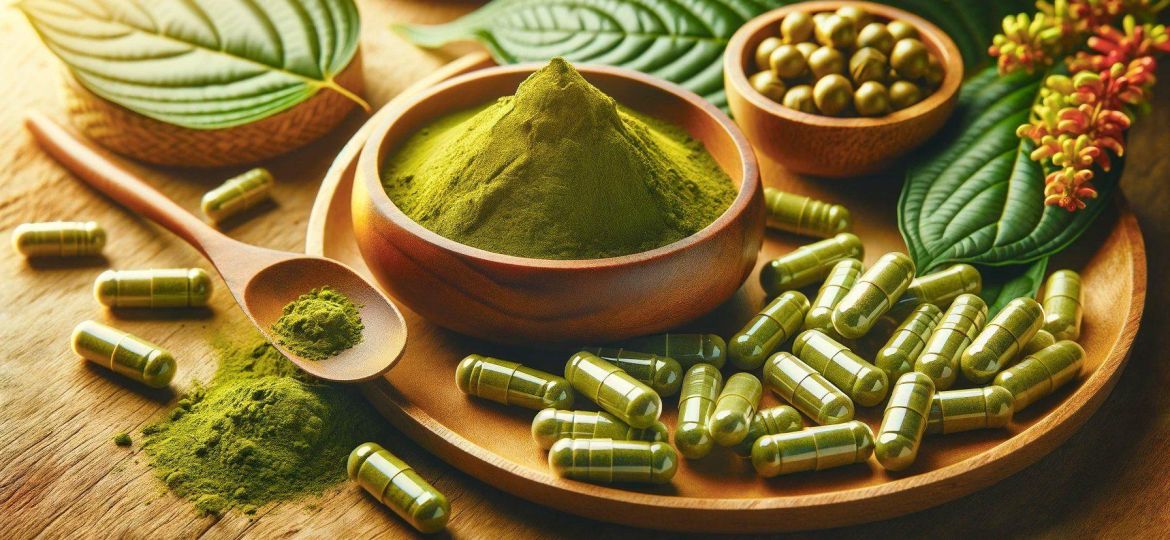No products in the cart.

kratum
Decoding the Spellings: Kratum vs. Kratom – A Linguistic Exploration
Kratum and kratom – two spellings that lead to the same herbal product, yet provoke various inquiries. Understanding the nuances behind the multiple spellings of kratom and its synonyms delves into a linguistic venture. From exploring the origins and evolution of the different terms for kratom to identifying any distinctions in usage based on spelling variations, this linguistic journey seeks to decipher the reasons behind the diverse iterations that exist for this all-natural plant-based product.
Decoding the Spellings: An Introduction
The Kratom and Kratum Conundrum
The terms kratum and kratom, at first glance, might seem like typographical errors of one another, but they represent a common case of linguistic variation in the natural wellness industry. This discrepancy in spelling can cause confusion among consumers and stakeholders alike. However, the two terms refer to the same substance, a plant known scientifically as Mitragyna speciosa, which has been used for its potential health benefits. The variation largely stems from the transliteration of non-Latin scripts into English and the lack of standardized spelling for many regional names. This leads to multiple accepted spellings for the same product. Understanding these variations is important for consumers seeking natural remedies, ensuring they are purchasing the correct product and accessing accurate information.
Understanding Linguistic Variations
Linguistic variations in product names like kratum or kratom are not unusual, particularly when the product originates from regions with diverse linguistic backgrounds. The spellings can vary based on local dialects, transliteration choices, and orthographic standards. In the case of kratom, it is derived from Southeast Asia, where the native script does not directly correspond to the Roman alphabet. Therefore, the transition to English can result in multiple acceptable spellings. These variations are important to document as they can affect searchability and consumer perception. For an industry that relies on consumer education and clarity, recognizing and understanding these variations can help establish trust and reliability. It also ensures that customers can effectively communicate about the product and search for information or make purchases without confusion.
Kratom and Its Synonymous Usage
Different Words for Kratom
Kratom is known by various names worldwide, reflecting its international usage and the cultural diversity of regions where it is utilized. Apart from ‘kratum’ and ‘kratom’, it is also referred to as ‘ketum’, ‘biak’, ‘kakuam’, and ‘thom’ in different parts of Southeast Asia. Each name is embedded in local traditions and language, contributing to the rich tapestry of its cultural significance. This herbal product, regardless of the name it carries, is sought after for its reported therapeutic effects, such as pain relief and mood enhancement. For marketers and sellers of natural wellness products, acknowledging these different names is crucial. It allows for a broader outreach to consumers who may know the product by a different name and ensures inclusivity in marketing communications. Moreover, it adds depth to the educational resources provided to consumers, highlighting the global footprint of kratom.
An Exploration of Synonymy in Natural Products
The phenomenon of synonymy, where multiple names exist for a single product, is not exclusive to kratom; it is widespread in the natural products industry. This can occur due to regional names, historical uses, or even branding choices. For instance, a plant may be known by its scientific name, a common English name, and various indigenous names. These synonyms can be beneficial as they reflect the local knowledge and heritage of the product. However, they can also present challenges for consumers trying to navigate the market. It is essential for vendors and educators in the natural wellness space to clarify these synonyms to help consumers make informed decisions. Transparency and education can foster trust and confidence among users. When dealing with natural remedies, clear communication about product identity and benefits is key to building a reputation as a trusted advisor and reliable vendor in the industry.
The Diverse Iterations of Kratom
The Impact of Spelling Variations
Spelling variations of kratom, such as kratum, have a significant impact on user experience and brand reach. For consumers, inconsistent spellings can lead to confusion, potentially affecting their ability to find accurate information or purchase the correct product. This is especially true in online environments where search engine optimization (SEO) plays a crucial role. If a consumer searches for ‘kratum’ but a vendor’s website only mentions ‘kratom’, the product may not appear in search results, leading to missed opportunities for both the consumer and the vendor.
For businesses, consistent use of the most common spelling can help maintain a professional and trustworthy image, as it suggests attention to detail and industry knowledge. It also aids in creating a standardized language for discussing the product, which is important for education and regulatory discussions. This consistency is key to establishing and maintaining trust with consumers who rely on the brand for quality and reliable information.
Mapping Kratom Terminology: Kratum and Beyond
Navigating the terminology surrounding kratom is akin to mapping a linguistic landscape. Beyond ‘kratum‘ and ‘kratom‘, the lexicon includes terms that describe the plant’s various strains and forms, such as ‘Maeng Da’, ‘Bali’, ‘Red Vein’, or ‘Green Malay’. These terms indicate the origin or characteristics of specific kratom varieties, which can have different effects. Additionally, the product is available in multiple formats: powder, capsules, tinctures, and extracts.
Understanding this terminology is pivotal for both new and experienced users. For those seeking natural remedies, it’s about more than just a name; it’s about knowing what to expect from the product. For vendors, clear and accurate use of terminology can enhance their status as industry experts and trusted advisors. Providing educational resources that explain these terms and their implications can demystify the product for consumers, leading to informed and confident purchasing decisions.
Discover more from Happy Dragon Kratom
Subscribe to get the latest posts sent to your email.



